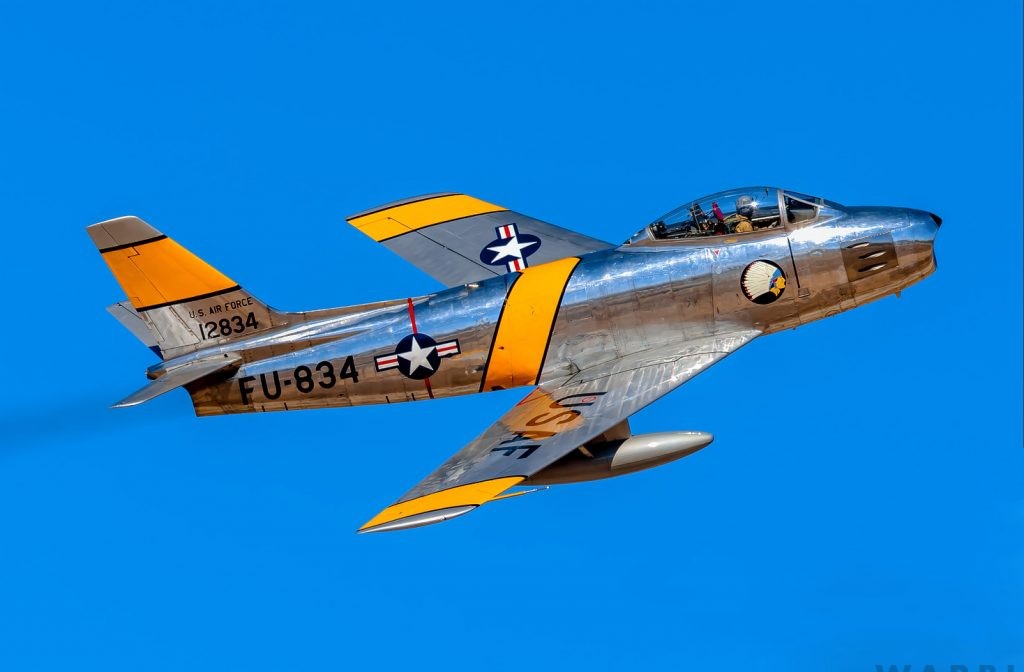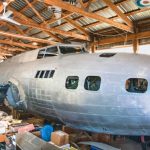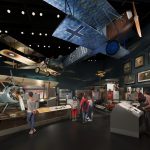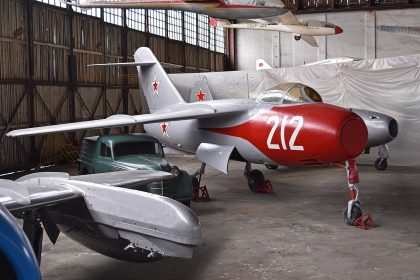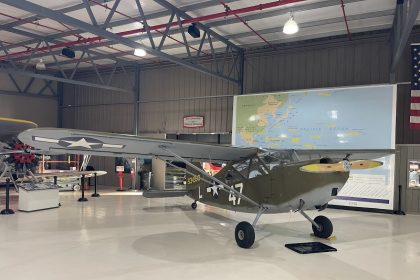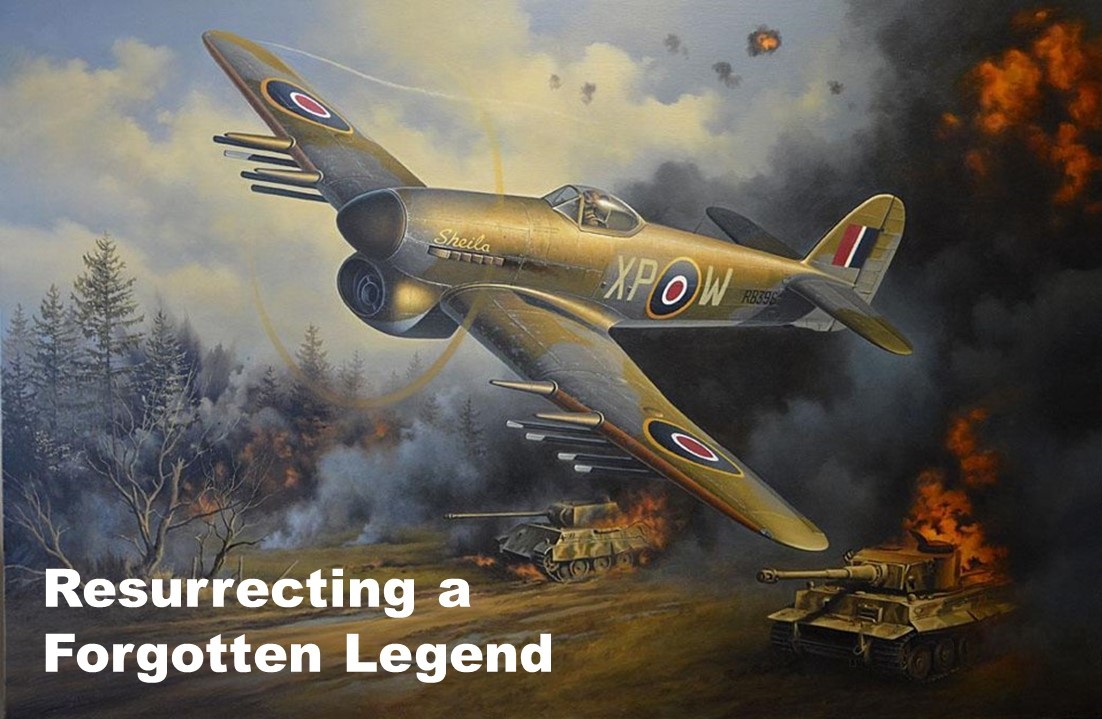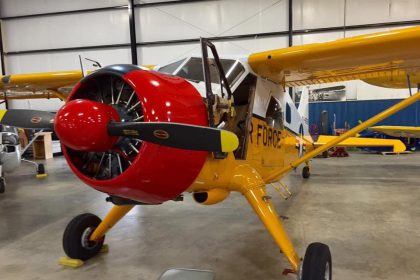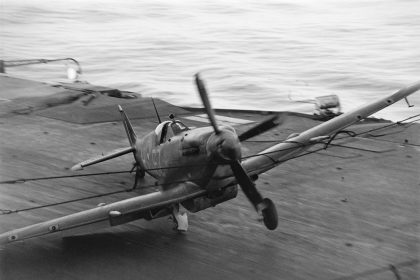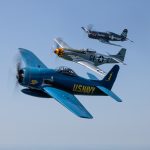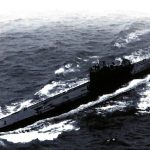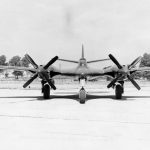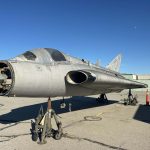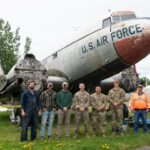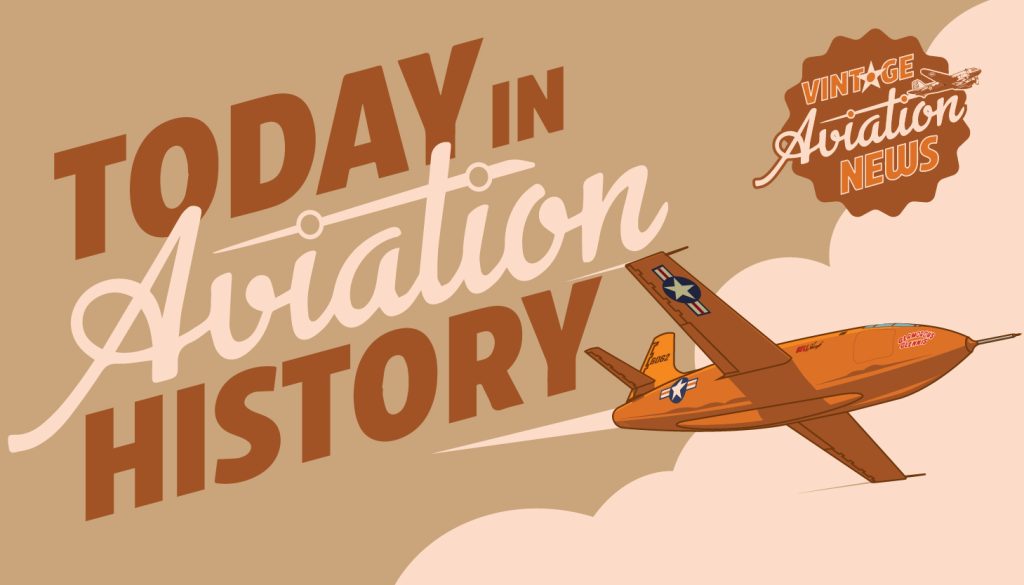
On this day in aviation history, 77 years ago (May 20, 1948), the first production variant of the North American P-86A-1-NA took to the skies. This milestone marked the debut of an aircraft that would later become one of the most iconic jet fighters of the 20th century—the F-86 Sabre—following the U.S. military’s transition from “Pursuit” (P) to “Fighter” (F) designations. The aircraft flown on that historic day was P-86A-1-NA, serial number 47-605. While the prototype Sabre had first flown on October 1, 1947, this was the first flight of a production model. The P-86/F-86 was a transonic, swept-wing jet fighter developed to be the premier air superiority aircraft for the U.S. Air Force as it entered the jet age.
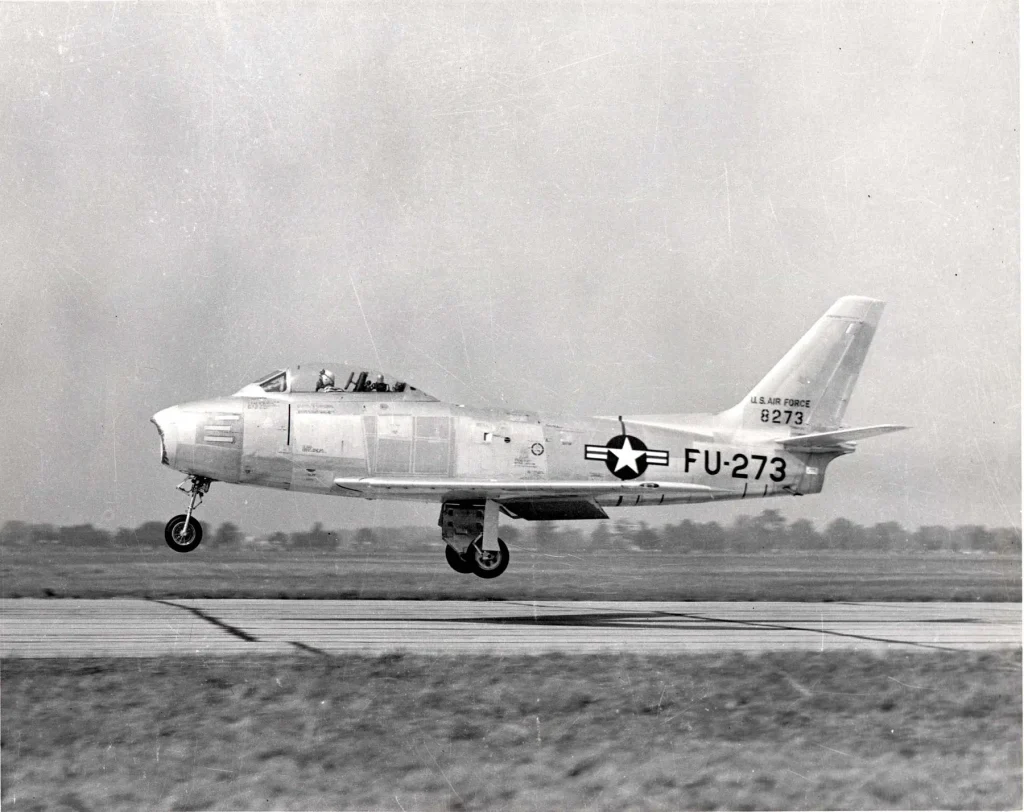
The F-86 Sabre went on to see extensive service during the Korean War, where it became famous for its high-speed dogfights against Soviet-designed MiG-15s and MiG-17s flown by Communist forces. The aircraft was powered by a General Electric J47-GE-27 turbojet engine, producing 5,910 pounds of thrust and enabling a top speed of 687 mph. It had a service ceiling of 49,600 feet and a combat range of approximately 414 miles. Armament on the F-86 included six .50 caliber M3 Browning machine guns, with a total of 1,800 rounds. In addition to its guns, the Sabre could carry rocket pods or up to 5,300 pounds of bombs on underwing hardpoints, adding versatility to its combat role.
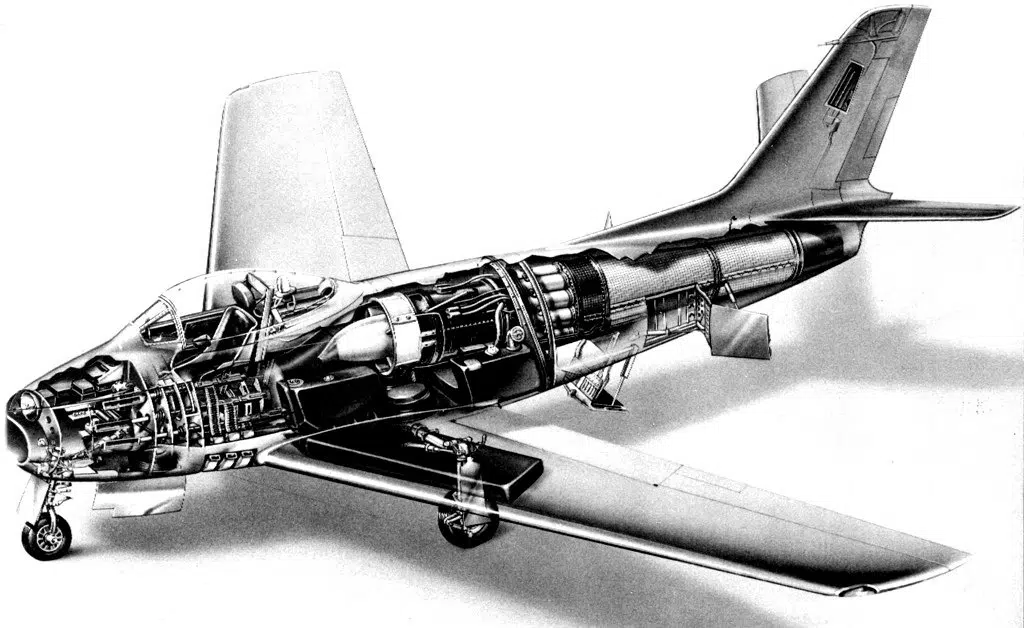
During the Korean War, U.S. Air Force reports claimed that Sabres shot down 792 enemy MiGs, with the loss of 78 Sabres in air-to-air combat—a kill ratio that underscores both the aircraft’s exceptional design and the skill of its pilots. The Sabre’s success also extended beyond the Air Force. The U.S. Navy adapted the design into the FJ-2 and FJ-3 Fury, proving its versatility across military branches.
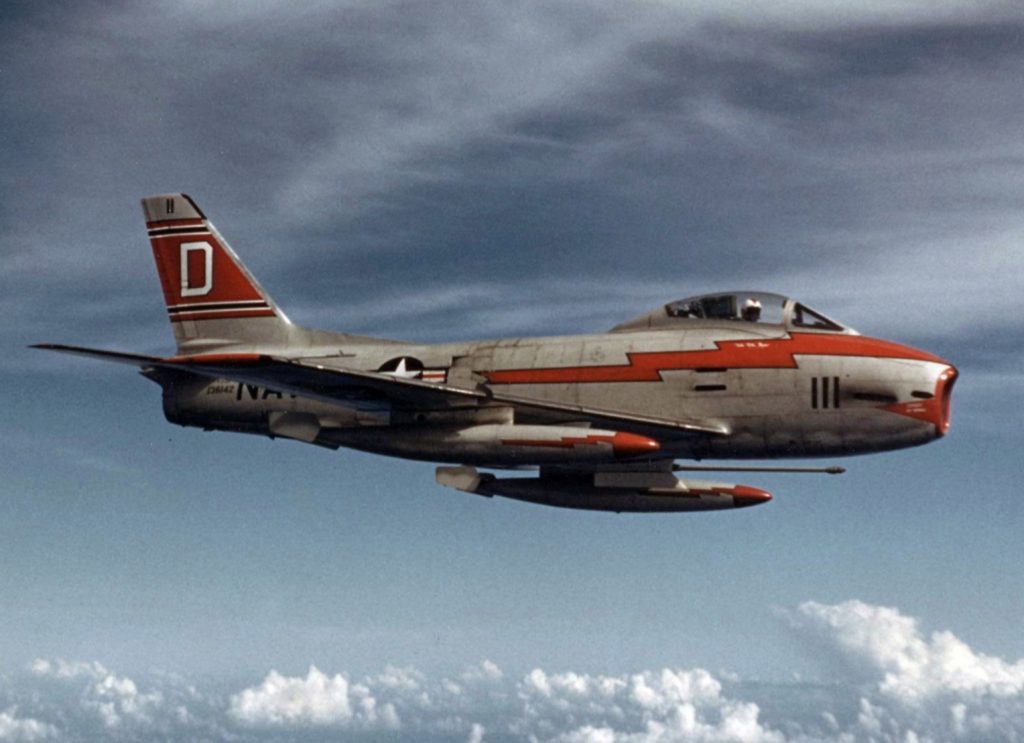
Today, many F-86 Sabres survive in both static displays and airworthy condition, continuing to inspire awe more than seven decades after their debut. Their enduring legacy stands as a testament to the aircraft’s remarkable engineering, combat performance, and lasting impact on aviation history.
